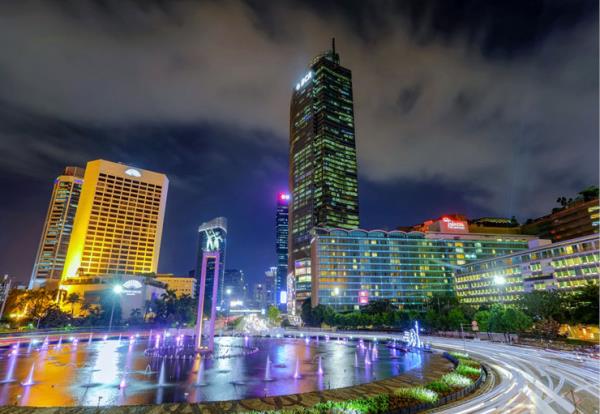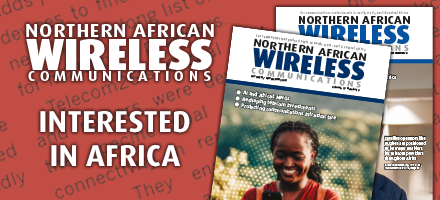05 July 2024

Indosat Ooredoo Hutchison (Indosat) was formed in 2022 through the merger of Indosat Ooredoo and Hutchison Tri Indonesia to become the second-largest mobile network operator in Indonesia. As a result of continued customer focus during the merger, Indosat has increased its combined subscriber base to 100 million mobile subscribers nationwide between its two sub-brands, IM3 and Tri. Today, it runs 2G and 4G networks and has introduced 5G in several Indonesian cities.
Following the merger, Indosat faced the challenge of integrating the network and spectrum assets of the two merging operators. It planned to achieve a pole position in network performance and customer experience while also targeting a low total cost of ownership (TCO).
Indosat sought assistance with the integration, requiring its provider to understand and manage the customer experience KPI throughout the project; develop an optimal network consolidation solution and commitment to a short project timeline; and have proven expertise in completing complex digital planning and optimisation projects, including the orchestration of deployment service partners.
Nokia, as a key Radio Access Network (RAN) provider for Indosat, was chosen as the prime supplier and lead partner for the integration, modernisation and expansion of its network.
“At Indosat, our mission is to deliver worldclass digital experiences, connecting and ‘empowering every Indonesian.’ After we announced the formation of Indosat Ooredoo Hutchison in 2022, we selected Nokia as one of the strategic partners for consolidating our post-merger network and spectrum assets,” said Sanjay Vaghasia, chief integration officer, Indosat Ooredoo Hutchison. “Another key aspect of the contract was the expansion and modernization of our 4G network for enhanced capacity and performance, which is directly impacting the mobile user experience. With the support from Nokia, we will continue expanding our network throughout Indonesia to accelerate Indonesia’s digital transformation agenda and contribute to the industry and the Nation’s economic growth.”
A Least Disruption Matrix
Indosat set a target to complete the network integration project within 24 months.
During the planning phase, Nokia worked closely together with Indosat to ensure the maximised use of existing network assets while modernising the network and optimising the TCO. Key aspects of the integration included closing selected sites and retrieving the equipment from those sites; reusing the equipment at other sites when possible; and upgrading, modernising and swapping the equipment at selected sites.
Nokia helped Indosat develop a Least Disruption Index, a matrix that was used to evaluate which scenario and vendor selection would cause the least disruption to the network consolidation at each phase of the project, considering the existing vendor landscape of both operators and the targeted site infrastructure. Managing the movement of materials between Indonesia’s islands in the implementation phase represented a major challenge for the project.
Nokia established a comprehensive network consolidation framework that included strategic radio network planning including defining the best approach for network integration, deployment, optimisation and partner management. Nokia also helped Indosat define radio configuration parameters based on Nokia’s Golden Parameter set. Nokia’s advanced digital platforms that leverage Artificial Intelligence (AI) and Machine Learning (ML) driven automation as well as cloud-native analytics tools, such as GeoSynthesis for KPI measurement and optimisation, played a key role.
The driving principle for Nokia was the First Time Right approach, which ensured fast execution to meet the 24-month schedule. The key Nokia services involved in the network integration project include site design with the help of the Automatic Cell Planning tool, site and cluster optimisation, and expert consultation. Nokia supported Indosat in picking the best approach for capacity dimensioning based on the site traffic profiles, and orchestrated the work of deployment partners with its digital delivery platform. This included deployment partner acceptance, onboarding and accelerated competence development with online assessments, task assignment, project monitoring, quality verification and managing the health and safety-related aspects. Another key element was managing demand planning to ensure material availability according to the project roll-out plan.
Optimising spectrum resources
Indosat’s large-scale network integration project to date covered more than 40,000 sites. With careful analysis and using the Least Disruption Index, Indosat was able to close 25% of the sites while improving the overall coverage and performance of its network both indoors and outdoors.
Optimizing the use of spectrum resources across the consolidated sites was another key target. Following the project, the 900MHz frequency band used by Indosat Ooredoo could now be taken into use at Tri Indonesia sites where relevant. This resulted in enhanced coverage and better indoor penetration.
After completing the network consolidation and optimization project including fine-tuning frequency layers with help from Nokia, Indosat recorded 52% higher downlink speeds, 34% increase in network capacity, 39% reduction in congested cells, and 25% growth in network traffic. As a result of the successful integration, Indosat was also able to see a concrete impact on its subscriber experience and an increase in customer satisfaction scores.







